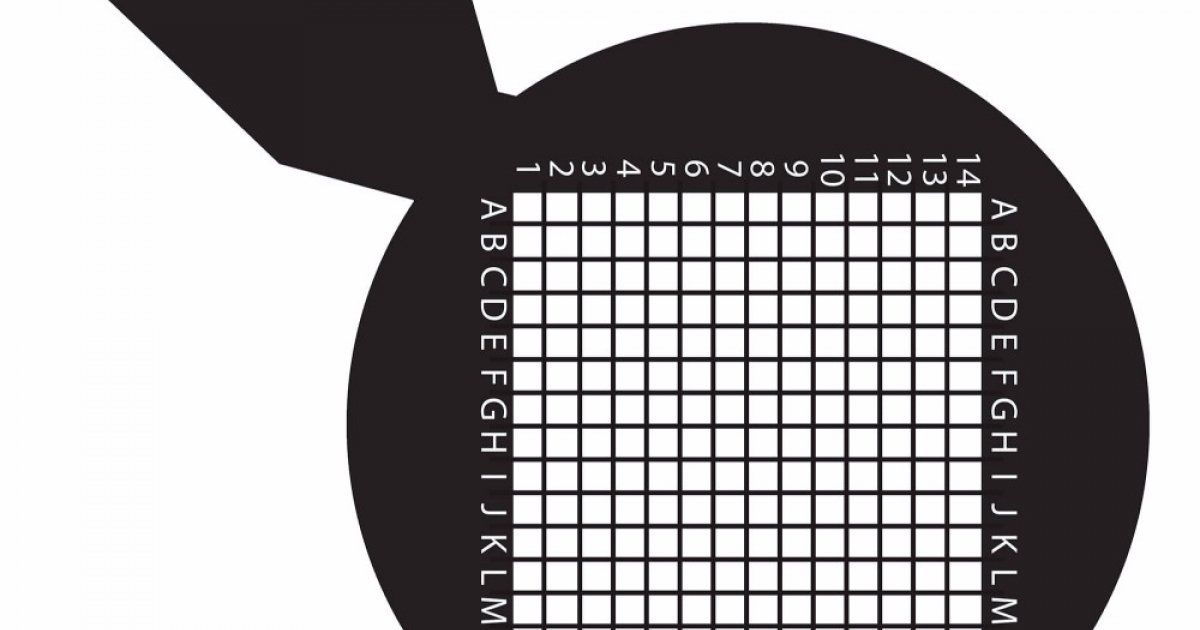

- #Mapublisher graticule add n manual
- #Mapublisher graticule add n upgrade
- #Mapublisher graticule add n pro
- #Mapublisher graticule add n software
- #Mapublisher graticule add n trial

Adjust the settings of the map until it matches. Then align with a map with a vector map database. (Vectors are not supported at this time). I set mine to use Natural Earth country boundaries but removed the default image database. Tip: To modify which databases load for each new map, go to Preferences > New Map Databases. If you have existing Geocart 2 format databases, those will import directly, including typesetting databases. I was able to easily add in shapefiles from Natural Earth, some of which are included in the default databases. W ith the map selected, go to Map > Databases. This calibration functionality is absent to most other mapping packages.Įach new map starts with “Stylized World Topo 5400×2700” raster image in layered with a vector grid (Map > Graticule) in sinusoidal projection. Tip: The application takes map scale seriously and includes a tool to calibrate your system under Preferences > Display. Toggle it on and off to compare the resulting resulting lines, your mileage will vary by map scale, even with the same source database.

This toggle is on by default and is accessed under Map > Generalize vectors. Geocart also includes a useful linework simplification routine when your data is complex and needs to be simplified. Using the right database will result in prettier maps that are generalized appropriately (the linework doesn’t look too detailed or too coarse) and smaller files that are easier to work with. Some databases, like Natural Earth, are set up based on map scales. The relationship between the two is called map scale. When making a map, the first step is to determine how large the map dimensions will be and how much geography it will show. Then go to Map > New. Multiple maps can be stored in a single Geocart document, each having their own projection parameters and database content. The “add recent databases” command partly makes up for this. If you want quick “template” access to frequently used data, it should be added in that location. Rather than collecting associated database files in the Applications folder (Program Files on Windows), they are installed in Library > Application Support > Mapthematics > Databases. The app and included databases each weigh in about 150 mb for 300 Mb of disk space. When the package downloads, it is labeled with your operating system type rather than “Geocart” so in my case I looked for “Mac OS 10.5/10.6” in my downloads. Download and installation (once for the application, again for the default databases) went quickly but you will need an administrator account to accomplish the install.
#Mapublisher graticule add n trial
I tested Geocart using the free, month-long trial (note the watermarks in the screenshots).
#Mapublisher graticule add n pro
Price includes map databases (36GB with the pro version!) and, importantly, the new version imports shapefiles, the defacto geodata format. Steeply discounted non-commercial and student licenses are available.
#Mapublisher graticule add n upgrade
Pricing: For lapsed users, upgrade pricing is available for $500 with new professional licenses running $860, discount for multiple purchases. The application includes innovative advanced tools to visualize the distortion inherent in each projection ( sample image).
#Mapublisher graticule add n manual
The application manual includes a handy decision tree to assist in what projection to use depending on the map’s topic and geographic coverage. This works both for resizing images and when transforming from one projection to another (reprojecting). Furthermore, Geocart 3 introduces a new rendering mode using PixSlice technology to create a sharper, more detailed raster images (examples after the jump). Other map applications can damage data when it is transformed.
#Mapublisher graticule add n software
Unlike other software packages, Geocart can transform any projection to another projection (full forward and inverse transformation support for all projections). The program’s author, daan Strebe, is a leading authority in this specialized subject and the new version incorporates corrections to many standard formula resulting in near loss-less projections. supports 1/3 as many projections MaPublisher from Avenza supports 1/2 as many as Geocart. For comparison, ArcGIS, the popular commercial geographic information system software from E.S.R.I. Map projections are mathematical formulas for converting the earth’s round shape to a flat surface and their “parameters” can be adjusted to form thousands of specific projections. While most GIS and remote sensing map software support a couple dozen obligatory projections, Geocart supports over 175 general case projections. “If map projections are your problem, Geocart is your solution” Once a required computer application in many cartography shops in the 1990s, Geocart has come back with a vengeance with Mapthematic’s 3.0 release (Mac and now Windows).


 0 kommentar(er)
0 kommentar(er)
